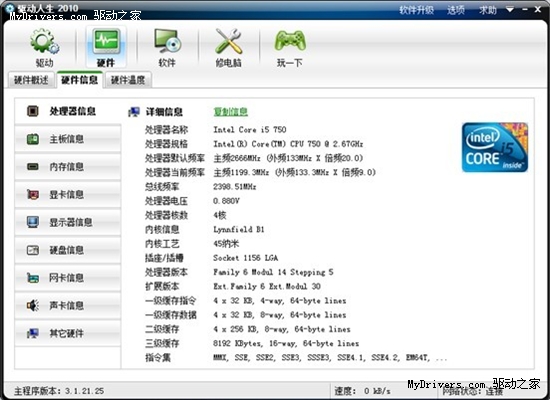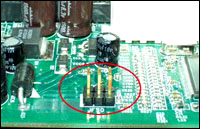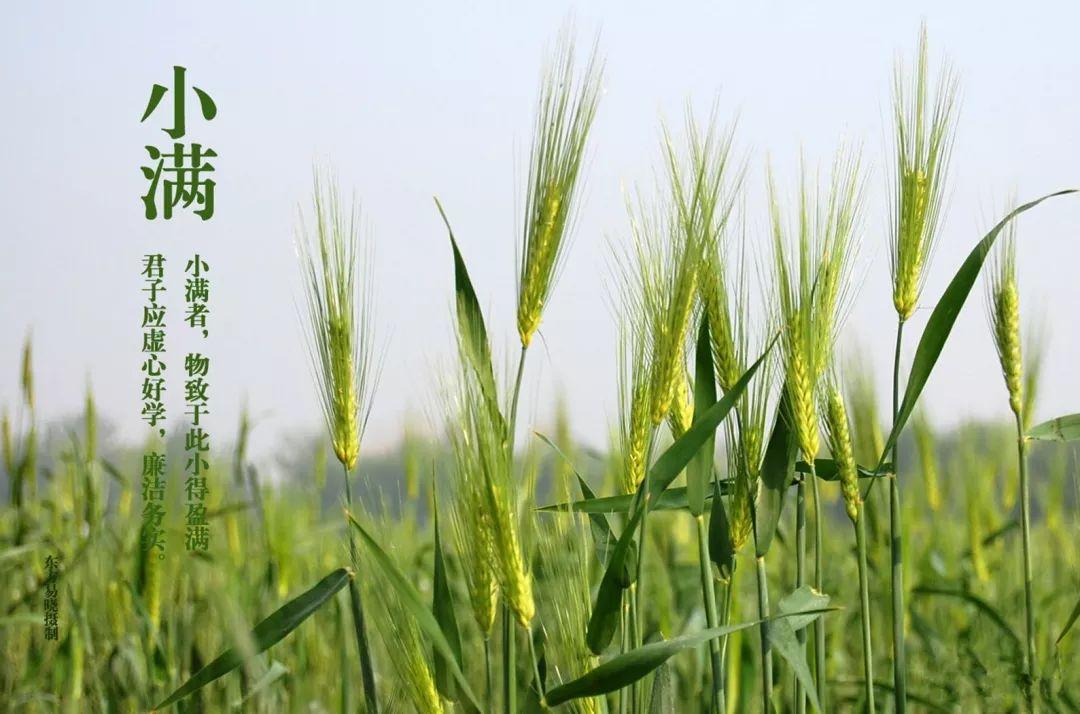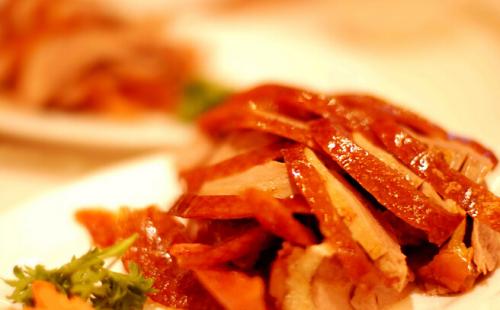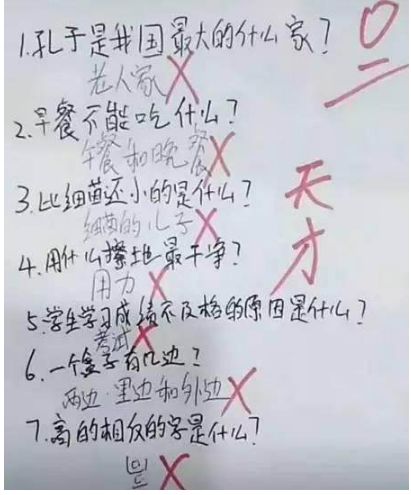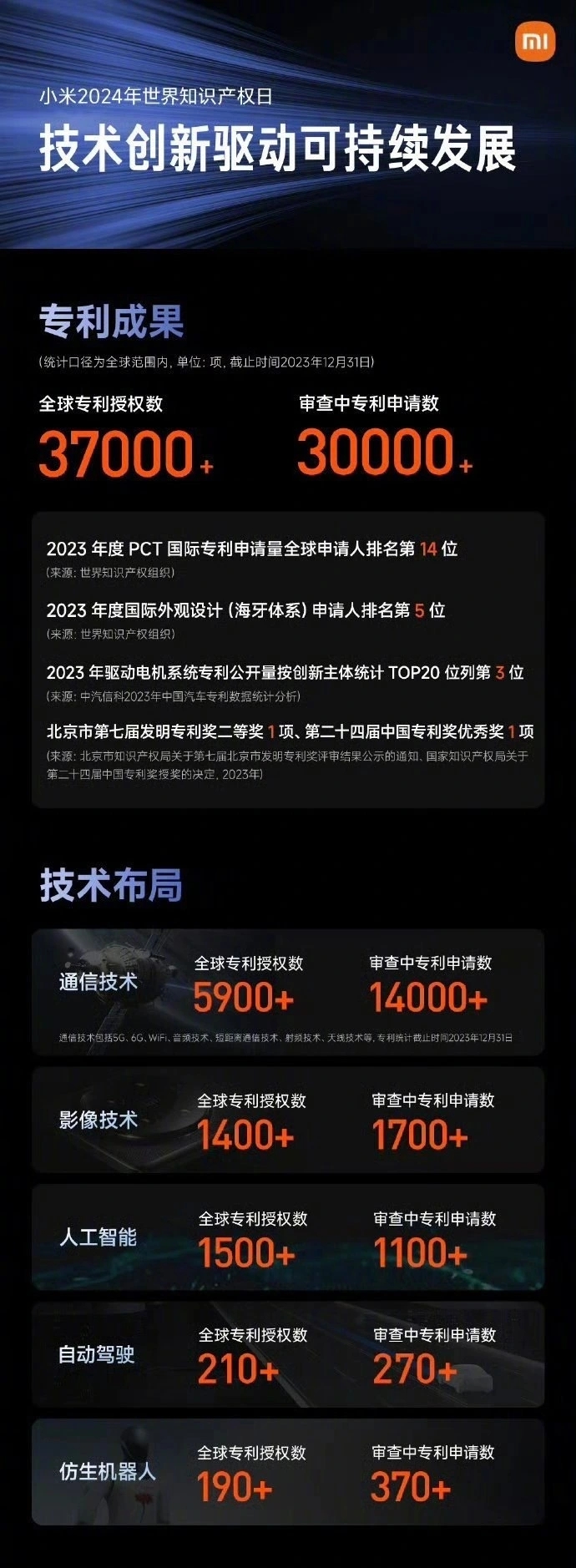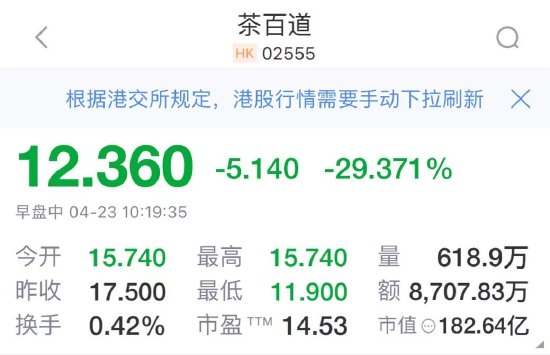概述
正在學習設(shè)計模式,之前有一篇文章關(guān)于單例模式的文章,重新讀了這篇文章,發(fā)現(xiàn)對static關(guān)鍵字掌握不是很牢靠,重新溫習一下。
static關(guān)鍵字
PHP手冊里對static關(guān)鍵字的介紹如下:
Declaring class properties or methods as static makes them accessible without needing an instantiation of the class. A property declared as static cannot be accessed with an instantiated class object (though a static method can).
大體意思是,將類的屬性和方法聲明為靜態(tài)以后,可以直接訪問靜態(tài)屬性和方法,而不需要實例化對象。
PHP中靜態(tài)成員和方法的特性如下:
1.靜態(tài)成員不能通過類的實例訪問,但是靜態(tài)方法可以。
2.靜態(tài)成員不能通過->運算符訪問。
3.在靜態(tài)方法的作用域中,不能出現(xiàn)$this關(guān)鍵字,也就是說不能在靜態(tài)方法中訪問普通的成員變量。
4.靜態(tài)成員和方法,都可以通過類名直接訪問,而無需實例化對象。
遲綁定(Late Static Bindings)
下面的內(nèi)容摘自PHP手冊:
自 PHP 5.3.0 起,PHP 增加了一個叫做后期靜態(tài)綁定的功能,用于在繼承范圍內(nèi)引用靜態(tài)調(diào)用的類。
準確說,后期靜態(tài)綁定工作原理是存儲了在上一個“非轉(zhuǎn)發(fā)調(diào)用”(non-forwarding call)的類名。當進行靜態(tài)方法調(diào)用時,該類名即為明確指定的那個(通常在 :: 運算符左側(cè)部分);當進行非靜態(tài)方法調(diào)用時,即為該對象所屬的類。所謂的“轉(zhuǎn)發(fā)調(diào)用”(forwarding call)指的是通過以下幾種方式進行的靜態(tài)調(diào)用:self::,parent::,static:: 以及 forward_static_call()。可用 get_called_class() 函數(shù)來得到被調(diào)用的方法所在的類名,static:: 則指出了其范圍。
對該特性的理解,可以參考下手冊中的例子
self vs static
用一個demo來直接說明self與static的區(qū)別。
self示例:
<?php
class Vehicle {
protected static $name = 'This is a Vehicle';
public static function what_vehicle() {
echo get_called_class()."/n";
echo self::$name;
}
}
class Sedan extends Vehicle {
protected static $name = 'This is a Sedan';
}
Sedan::what_vehicle();
程序輸出:
Sedan
This is a Vehicle
static示例:
<?php
class Vehicle {
protected static $name = 'This is a Vehicle';
public static function what_vehicle() {
echo get_called_class()."/n";
echo static::$name;
}
}
class Sedan extends Vehicle {
protected static $name = 'This is a Sedan';
}
Sedan::what_vehicle();
程序輸出:
Sedan
This is a Sedan
總結(jié)
看看上一篇文章,已經(jīng)一個多月沒更新過博客了,忙是一部分,主要的還是自己懈怠了,以后還得堅持。這篇文章寫的也有點沒感覺。
